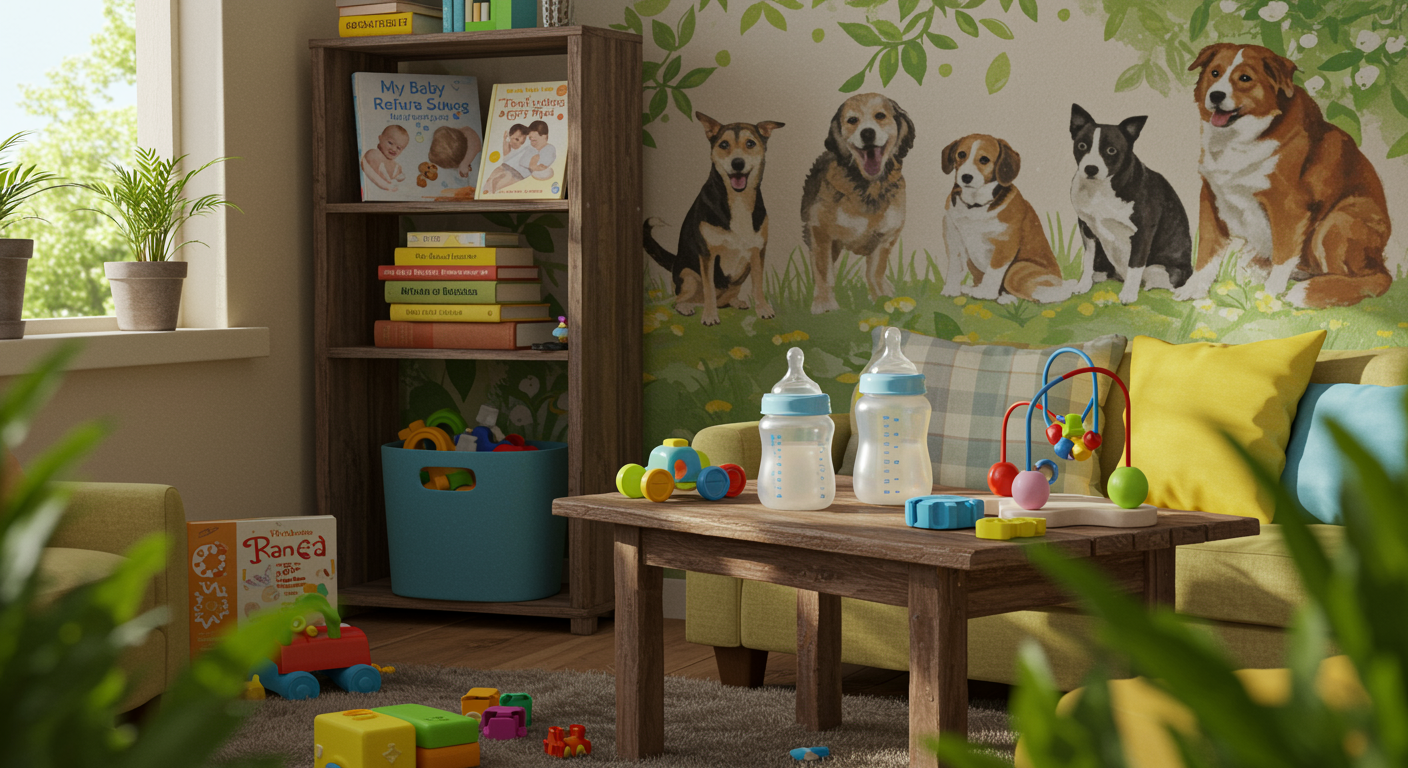Disclaimer: The information and experiences shared in this article are for educational and sharing purposes and do not replace the advice of a qualified professional. Always consult a pediatrician or specialist for questions related to your baby’s health and well-being.
Introduction
Feeding your baby is one of the most intimate and essential aspects of parenting. However, when your baby refuses the bottle, it can quickly turn into a source of stress and frustration, especially for first-time moms. Whether you’re transitioning from breastfeeding, introducing formula, or simply trying to ensure your baby is well-fed, bottle refusal is a common challenge. This article provides practical, research-backed tips to help you navigate this phase with confidence.
Understanding Why Babies Refuse the Bottle
Before diving into solutions, it’s important to understand the potential reasons behind bottle refusal. Identifying the root cause can help you tailor your approach.
1. Preference for Breastfeeding
- Babies accustomed to breastfeeding may resist the bottle due to the difference in texture, flow, and comfort.
2. Unfamiliarity with the Bottle
- If the bottle is new to your baby, they may need time to adjust to the sensation and feeding mechanism.
3. Nipple Confusion
- Switching between breast and bottle can sometimes confuse babies, making them reluctant to accept either.
4. Health or Discomfort Issues
- Teething, ear infections, or other health concerns can make feeding uncomfortable for your baby.
5. Timing and Hunger Levels
- Offering the bottle when your baby is too hungry or not hungry enough can lead to refusal.
Practical Tips to Encourage Bottle Feeding
1. Choose the Right Bottle and Nipple
- Experiment with Different Nipples: Some babies prefer slow-flow nipples, while others may need a faster flow. Test various shapes and materials (silicone vs. latex) to find the best fit.
- Mimic the Breastfeeding Experience: Opt for bottles designed to replicate the feel of breastfeeding.
2. Adjust the Feeding Environment
- Minimize Distractions: Feed your baby in a quiet, calm space to help them focus.
- Maintain Skin-to-Skin Contact: Holding your baby close during bottle feeding can create a sense of familiarity and comfort.
3. Introduce the Bottle Gradually
- Start with Small Amounts: Offer just a few ounces to reduce pressure on both you and your baby.
- Let Someone Else Try: If your baby associates you with breastfeeding, have another caregiver offer the bottle.
4. Experiment with Feeding Positions
- Try Different Angles: Some babies prefer being cradled, while others may respond better to an upright position.
- Use a Paced Feeding Technique: Hold the bottle horizontally and allow your baby to control the flow.
5. Warm the Milk and Nipple
- Temperature Matters: Ensure the milk is warm (not hot) to mimic the temperature of breast milk.
- Warm the Nipple: Run the bottle nipple under warm water to make it more inviting.
Overcoming Specific Challenges
1. For Breastfed Babies
- Offer the Bottle Between Feedings: Avoid introducing the bottle when your baby is very hungry or tired.
- Use Breast Milk in the Bottle: Familiarity with the taste can ease the transition.
2. For Babies Who Are Teething
- Provide Relief Before Feeding: Use a teething ring or chilled washcloth to soothe gums before offering the bottle.
- Choose a Softer Nipple: A softer texture may be gentler on sensitive gums.
3. For Babies with Health Issues
- Consult a Pediatrician: If you suspect discomfort due to illness, seek medical advice to address the underlying issue.
When to Seek Professional Help
While bottle refusal is often a temporary phase, there are instances where professional guidance is necessary:
- Weight Concerns: If your baby is not gaining weight or seems dehydrated, consult your pediatrician immediately.
- Persistent Refusal: If all troubleshooting efforts fail, a lactation consultant or feeding specialist can provide tailored advice.
Conclusion
Bottle refusal can be a challenging experience for first-time moms, but with patience, persistence, and the right strategies, most babies adapt over time. Remember, every baby is unique, and what works for one may not work for another. Stay calm, experiment with different approaches, and seek support when needed. This phase is temporary, and with your love and care, your baby will thrive.
